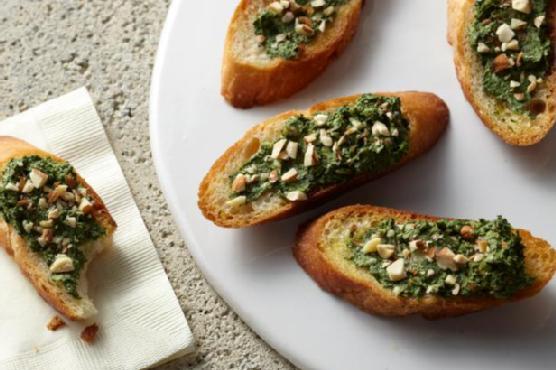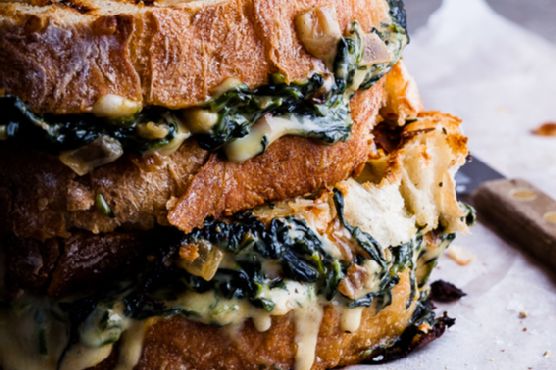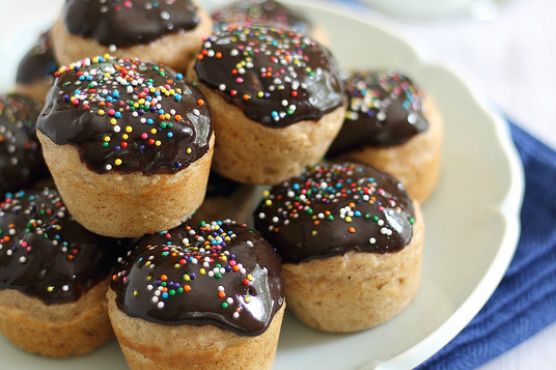Dark Roast Creme Brulee
Dark Roast Creme Brulee might be just the side dish you are searching for. This recipe makes 6 servings with 220 calories, 7g of protein, and 6g of fat each. For 54 cents per serving, this recipe covers 6% of your daily requirements of vitamins and minerals. 773 people were impressed by this recipe. From preparation to the plate, this recipe takes around 4 hours and 30 minutes. Plenty of people really liked this Mediterranean dish. If you have vanillan extract, condensed nonfat milk, cornstarch, and a few other ingredients on hand, you can make it. It is a good option if you're following a gluten free and lacto ovo vegetarian diet. It is brought to you by Eating Well. With a spoonacular score of 37%, this dish is not so spectacular. Similar recipes include Dark Chocolate Crème Brûlée, Dark Chocolate Crème Brûlée, and Dark Chocolate Creme Brulee with Vanilla Sugar.
Servings: 6
Preparation duration: 30 minutes
Cooking duration: 240 minutes
Ingredients:
1/4 cup dark-roast coffee beans, (see Tip)
1/2 cup nonfat sweetened condensed milk
1 tablespoon cornstarch
4 large egg yolks
6 tablespoons granulated sugar
2 1/2 cups 1% milk
1 teaspoon vanilla extract
Equipment:
rolling pin
sauce pan
frying pan
kitchen towels
roasting pan
oven
ramekin
sieve
bowl
whisk
baking paper
aluminum foil
plastic wrap
wire rack
Cooking instruction summary:
Place coffee beans in a ziplock bag and crush with a rolling pin. Transfer to a medium saucepan, add milk and heat until steaming and tiny bubbles form around the edges of the pan. Remove from heat and let stand, covered, for 30 minutes.Preheat oven to 325F. Bring a kettle of water to a boil for the water bath. Line a roasting pan with a folded kitchen towel. Place six 6-ounce (3/4-cup) custard cups or ramekins in the pan.Pour the coffee milk through a cheesecloth-lined sieve into a medium bowl. Whisk egg yolks, condensed milk, cornstarch and vanilla in a large bowl until smooth. Gently whisk in the milk. Skim foam. Divide the mixture among the custard cups. Skim any remaining foam.Pour enough boiling water into the roasting pan to come halfway up the outsides of the custard cups. Cover custards with parchment paper, then loosely with foil. Bake until the edges are set but the centers still quiver, 40 to 50 minutes. Transfer to a wire rack and let cool for 30 minutes. Cover loosely with plastic wrap and refrigerate until chilled, at least 3 hours or for up to 2 days.Just before serving, sprinkle 1 1/2 teaspoons sugar evenly over one custard. Using the flame of a butane torch, start at the edges and move toward the center until the sugar melts and becomes caramelized. (If you do not have a butane torch, see the No-Torch Crust Method, below.) Sprinkle with another 1 1/2 teaspoons sugar and repeat to make a thicker layer of caramel. Repeat with the remaining custards and sugar. Let stand until the caramel hardens, 3 to 5 minutes. Serve immediately.
Step by step:
1. Place coffee beans in a ziplock bag and crush with a rolling pin.
2. Transfer to a medium saucepan, add milk and heat until steaming and tiny bubbles form around the edges of the pan.
3. Remove from heat and let stand, covered, for 30 minutes.Preheat oven to 325F. Bring a kettle of water to a boil for the water bath. Line a roasting pan with a folded kitchen towel.
4. Place six 6-ounce (3/4-cup) custard cups or ramekins in the pan.
5. Pour the coffee milk through a cheesecloth-lined sieve into a medium bowl.
6. Whisk egg yolks, condensed milk, cornstarch and vanilla in a large bowl until smooth. Gently whisk in the milk. Skim foam. Divide the mixture among the custard cups. Skim any remaining foam.
7. Pour enough boiling water into the roasting pan to come halfway up the outsides of the custard cups. Cover custards with parchment paper, then loosely with foil.
8. Bake until the edges are set but the centers still quiver, 40 to 50 minutes.
9. Transfer to a wire rack and let cool for 30 minutes. Cover loosely with plastic wrap and refrigerate until chilled, at least 3 hours or for up to 2 days.Just before serving, sprinkle 1 1/2 teaspoons sugar evenly over one custard. Using the flame of a butane torch, start at the edges and move toward the center until the sugar melts and becomes caramelized. (If you do not have a butane torch, see the No-Torch Crust Method, below.) Sprinkle with another 1 1/2 teaspoons sugar and repeat to make a thicker layer of caramel. Repeat with the remaining custards and sugar.
10. Let stand until the caramel hardens, 3 to 5 minutes.
11. Serve immediately.
Nutrition Information:
covered percent of daily need















